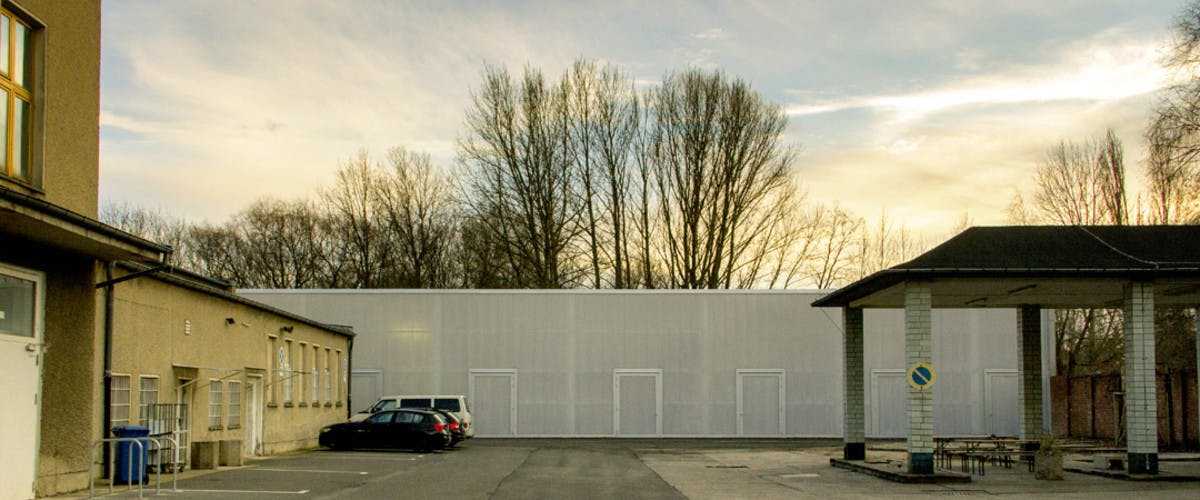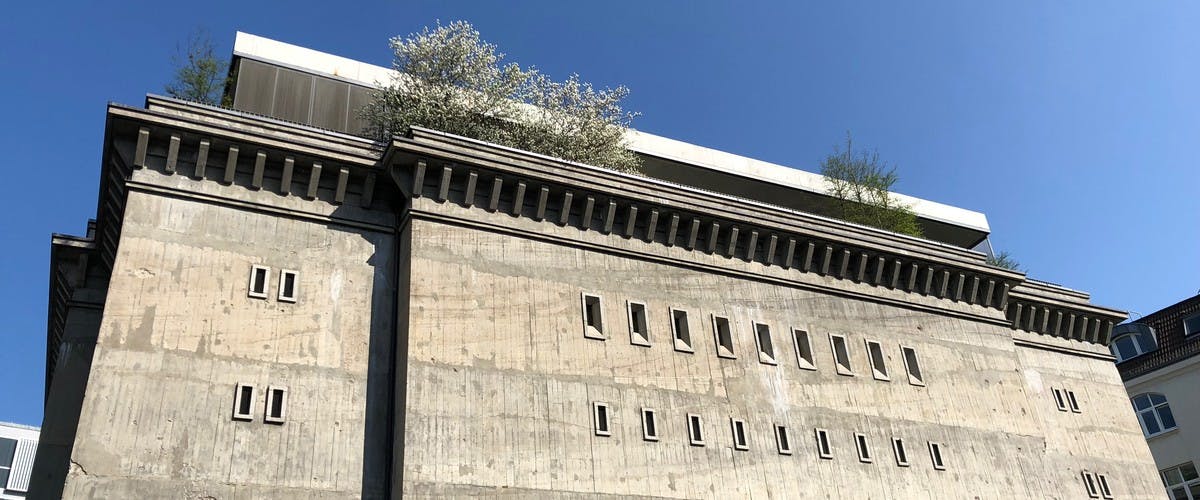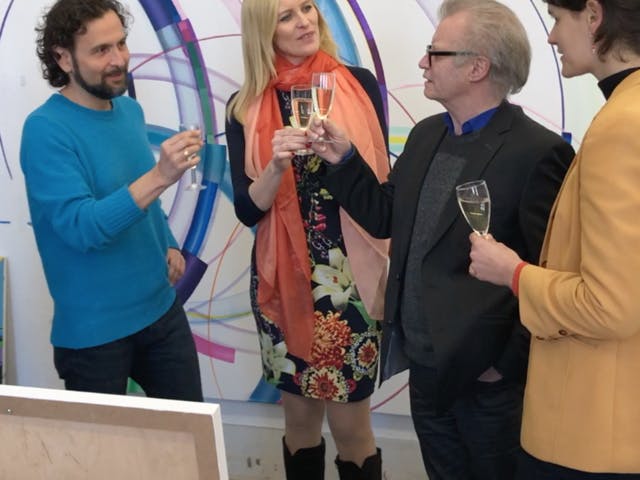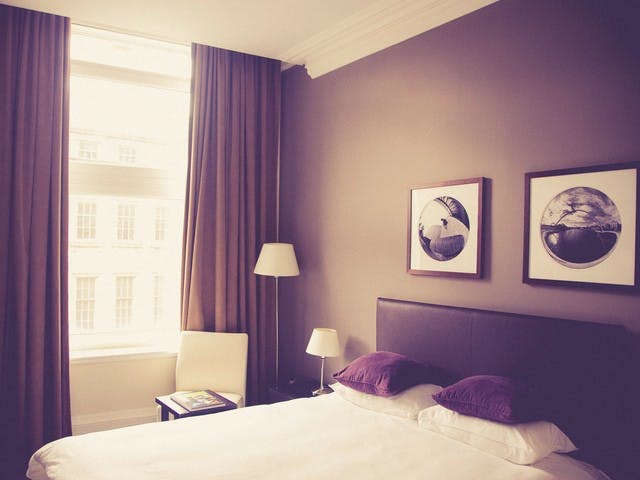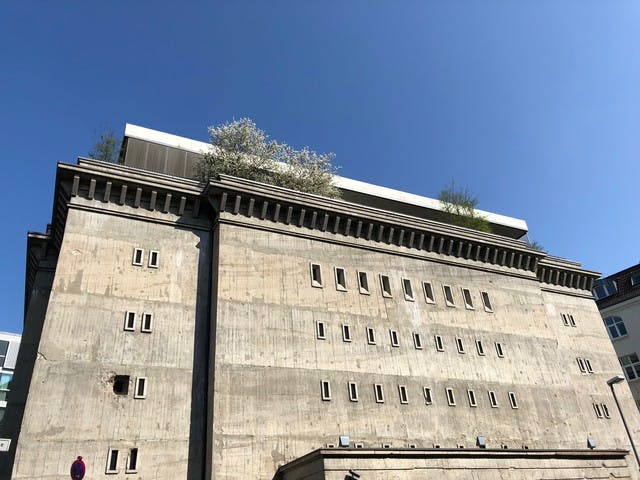Selfies with the Mona Lisa. Blockbuster brand retrospectives. High-profile, revenue-generating collaborations with influencers and celebrities. Such buzz-worthy pageants of gimmicky grandeur have left many art lovers singing the swan song of the museum as we once knew it. Acclaimed American art critic Jerry Saltz spoke for many when he gave his trenchant verdict of modern museums as "platforms for spectacle, as though the party-driven, global-art-fair feeding frenzy had taken up residence in one place." (1) Exit through the gift shop, indeed.
Museums, of course, found their very nascence in spectacle. Precursors to the modern museum, private collections rose as forces to be reckoned with in seventeenth-century Europe. At once lavish displays of wealth and power and elaborate experiments in self-fashioning, these early collections asserted their owners’ status and intellectual prowl, while remaining largely the exclusive privilege of the upper classes. Early museums developed in direct response to such private collections in an effort to make access to collectively-shared knowledge and cultural artefacts more egalitarian.
Fatigued by both the white cube austerity of the gallery and the increasing commercialism of many so-called public museums, many art enthusiasts today are increasingly seeking unique places to view original works of art far from the over-the-top, soul-destroying shows that now more often than not dominate the exhibition space in large museums across the globe. In a twist of irony, private collections today are picking up the slack where many museums have fallen short in terms of cultural custodianship and egalitarianism — whether out of necessity to keep afloat financially or lured by the siren song of commercial revenue.
Granted, private collections are more often than not born of privilege. American art critic Hal Foster has been openly sceptical of the increasing interest in the collection of edgy contemporary works of art by neoliberal billionaires. Foster is quick to note that such private collections are “auratic as an object yet fungible as an asset. Although they get tax breaks (because they are nominally open to visitors who can book the pilgrimage), these neo-aristocratic institutions don’t pretend to have any real connection to the public sphere. Usually at a remove from urban centres, they are museums of equity display, equal parts prestige and portfolio, and they compete for artwork with institutions that are at least semi-public.”(2)
While Foster’s criticism is potent and in many ways on target, an exception to this trend is becoming more and more noticeable in European cities, such as Berlin, where private collections are taking their cultural custodianship seriously and are genuinely seeking to provide a counter-model to the direction in which many modern museums have been going in recent years.
Christian Boros, who heads the private, Berlin-based Boros Collection, has noted that “a private collection is not a better model than a museum, but it’s an important add-on.” (3) And the Boros Collection is a perfect example of this assertion. The collection, which is housed in Berlin-Mitte in a defunct Nazi-era bunker (oh, the poetic justice!), gives the public an opportunity to be exposed to off-the-radar artists and more controversial, envelop-pushing works that might be too edgy, or too risky, for a conventional museum setting. The same can be said of Berlin’s private Julia Stoschek Collection and the Sammlung Haubrok. The former has a particular focus on contemporary, time-based media, while the latter concentrates on conceptual and minimalist art, all genres that many museums are slow to collect. Each of these collections showcase their works in exceptionally off-beat spaces that make for unique experiences with art. The Julia Stoschek Collection is housed in a building complex that formerly served as the Czech Cultural Center in East Germany, while the Sammlung Haubrok recently set up shop in the FAHRBEREITSCHAFT, a former East German Communist vehicle service center located in Berlin-Lichtenberg.
Founded in 2011, the Berlin-Mitte-based Collection Regard opens its doors to the public on Friday evenings from 2pm to 6pm and viewings are routinely arranged outside of public opening hours by appointment. The collection focuses on photography, with a sizeable archive of images related to Berlin and purposely straddles the position between gallery, archive, and museum, showcasing the works of phenomenal, under-the-radar artists, rather than focusing on the usual blue-chip works exhibited in large museums and corporate collections.
The vision of the Feuerle Collection, another private collection open to the public in Berlin-Kreuzberg, houses the work of Asian art from vastly different geographical and cultural areas, as well as across time periods and genre to inspire novel associations and establish thought-provoking dialogues between the works. As founder Désiré Feuerle has explained the resulting collection is that of a Gesamtkunstwerk, that “breaks with the traditional way of showing art and removes barriers between cultures and ages, the importance of past and importance of today. It leads the spectator to a different way of experiencing art through the senses.” (4) Similarly, the private collection housed at Salon Dahlmann near the ritzy Kurfürstendamm in Berlin creates elaborate, interdisciplinary programs that fuse concerts, performances, workshops, and exhibitions intermingling artistic production from a wide array of overlapping and entirely unrelated genres.
Every Saturday in Berlin-Mitte at the Sammlung Hoffman private collector Erika Hoffman opens her contemporary-art-filled home to the public. The 90-minute tours of the collection are lead by distinguished art historians and curators who encourage guests to collectively shape each individual visit. Unlike a museum, the collection is deliberately free of wall text and didactic labels. The arrangement of the individual works of art in the collection is meant to spark free associations and stimulate interdisciplinary discussions inspired by the interplay between the works.
Like Erika Hoffman, Berlin-based collectors Thomas Rusche, Peter Heimer, and Giovanni Springmeier literally live in art collections. “The art you look at when you're waking up, eating, working, or relaxing, affects the neurological processes in our mind and has a huge impact on your life,” (5) Rusche has explained. The latter opens his art-packed home to the public for guided tours three times a year. Consisting of over a thousand works of art from a wide range of genres and time periods, the SØR Rusche Collection Oelde/Berlin periodically rotates works on display in this home and is constantly lending works from the collection to art and cultural institutions around the globe. The Peter Heimer Residence in Charlottenburg doubles as a showroom and a residence is open to the public by appointment and showcases a wide array of important contemporary artworks. "As a private collector you have a freedom to be creative and to take risks, says Springmeier of the Sammlung Springmeier in Berlin-Prenzlauer Berg. “You can buy spontaneously and sometimes impulsively, and you can really buy what you love.“ (6) And the collection backs up this claim, encompassing unique works in diverse media by artist coming from all over the world.
In Berlin-Mitte, the me Collectors Room Berlin / Stiftung Olbricht houses the Wunderkammer-like collection of Renaissance and Baroque pieces collected by its founder Thomas Olbricht, as well as serving as a rotating exhibition space to showcase the works of other private collectors from around the world. The “me” in the collection’s namesake aptly stands for "moving energies,” which reflects the overarching concept underpinning its vision.
One advantage of private collections is that they have the freedom to place works of art in unconventional contexts, not to mention unconventional spaces (hello, Nazi-era bunker and GDR industrial center!), without as much push-back from curmudgeonly donors or direct public oversight. Money and art have always been bedmates. Private collections and museums alike need the former to run the latter. Neither model is perfect, but the fact that private collections are stepping up to plate to join in the dialogue of how collective artefacts and cultural knowledge should be both displayed and interpreted, and to whom it should be made accessible, is a step in a direction we can all get behind, all while enjoying the spectacle that it enflames. Spectacle and art go hand-in-hand, nothing is going to change that and, for that matter, who would want the spectacle to go away, anyhow?
Bibliography:
1. Salz, Jerry. “The New New Museum,” New York Magazine, April 19, 2015.
2. Foster, Hal. “After the White Cube,” London Review of Books, Vol. 37 No. 6, 19 March 2015.
3. Boros, Christian. Quoted in Mauk, Ben. “The Rise of the Private Art ‘Museum,’” New Yorker, May 28, 2015.
4. The Feuerle Collection, e-flux, November 19, 2017.
5. Rusche, Thomas. Quoted in Barr, Lollie. “A Liveable Art Collection,” BMW Art Guide by Independent Collectors.
6. Interview with Giovanni Springmeier, Art Insiders. Web. Accessed June 20, 2018: https://artinsiders.org/giovanni-springmeier/

